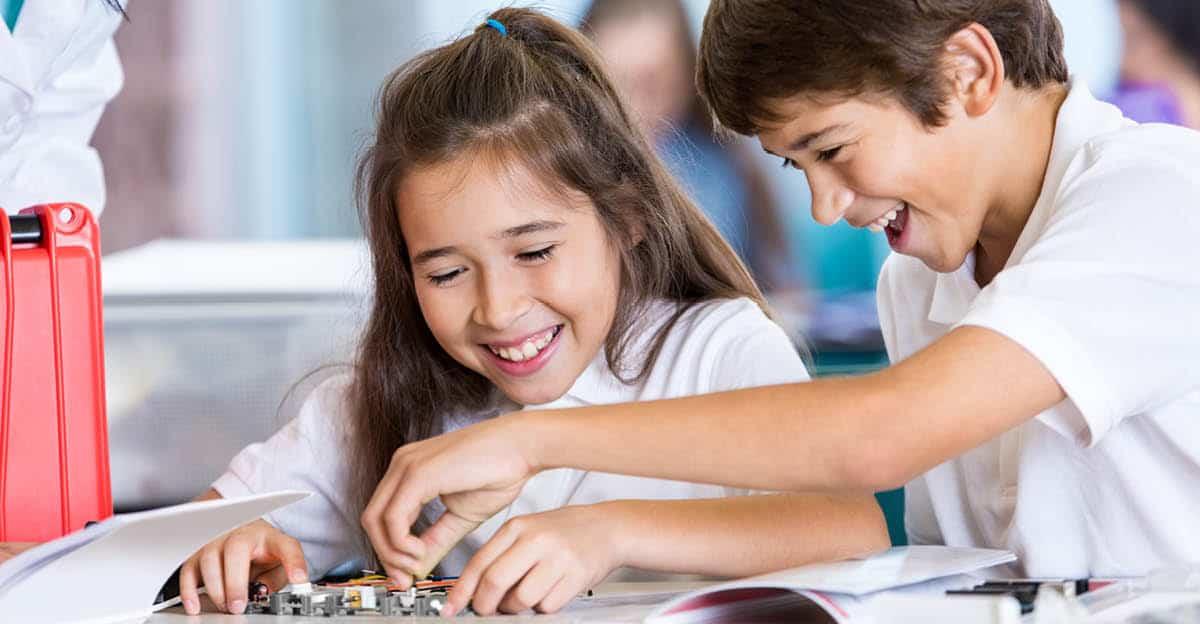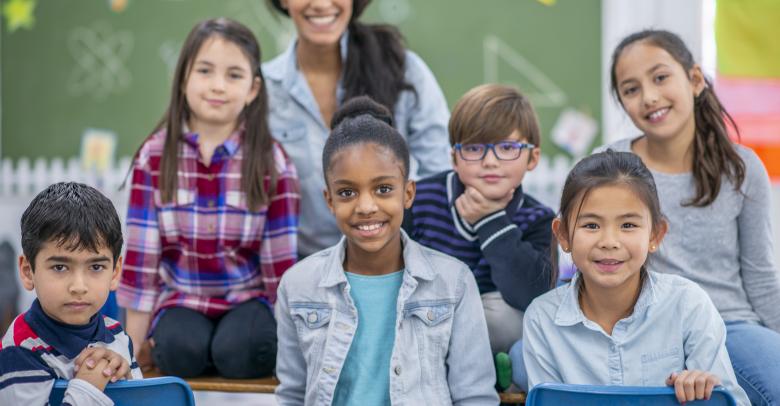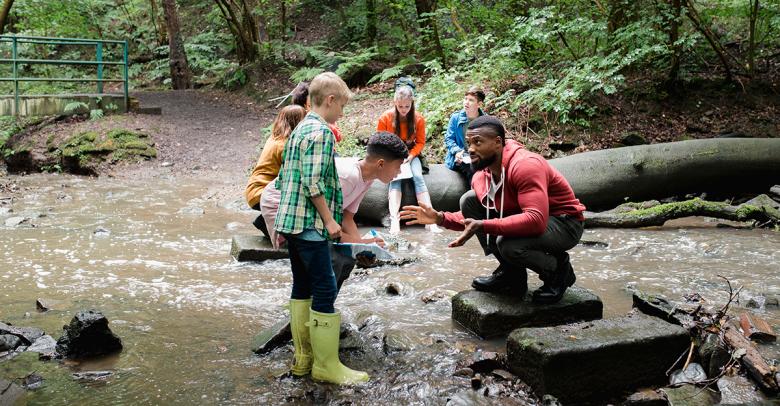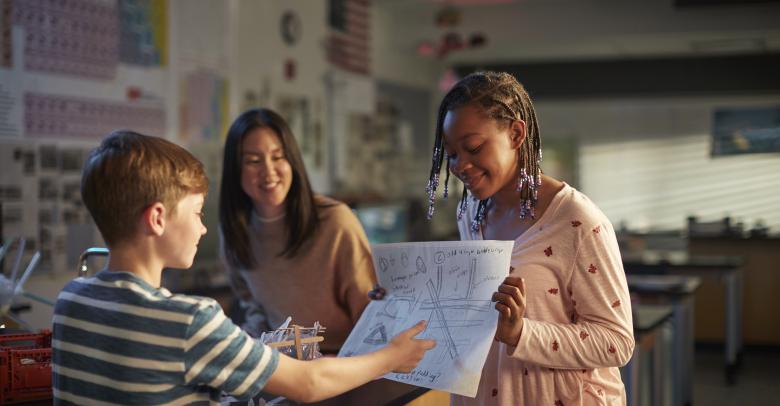When you ask an educator what they are hoping students learn while working in a makerspace, they will probably list the four Cs of 21st century learning: critical thinking, communication, collaboration, and creativity. Perhaps even a fifth: character building. Those are all possible, but there is another which may prove the most valuable of them all.
Using the Makerspace to Develop Emotional Intelligence
With a slight shift of focus, makerspaces can be used to develop emotional intelligence.
Employers worry that graduates will come into their companies without a sense of empathy, deriving from the modern accountability culture of high stakes tests. Yet empathy is more important than ever. Not only does it help a student get along with teammates, but in today’s interconnected, global economy, a student will likely have to work with someone from an unfamiliar culture.
Makerspace Time is for Exploring Creativity
Many teachers who employ makerspaces treat the time like “genius hour,” the freewheeling idea time pioneered by Google in which employees are free to work on whatever they like, including pet projects that haven’t been assigned by superiors. Makerspace teachers tend to take the same approach, allowing students to explore their creativity.
Should the Art Room Be the Makerspace Hub?
What Google and those educators are trying to do is trigger in their students what is called “design think,” the process of thinking a task or the entire world can be different with some creativity and the right skills. It’s a derivative of the growth mindset.
Makerspaces can do both, triggering and fostering design think while developing empathy in students. All it takes is thinking externally rather than internally.
How to Build Empathy Using the Makerspace
To develop empathy, consider directing students to work toward solving a problem. That problem may be local or global in scale. The solution may be an entirely new invention or just a new way of thinking about things that already exist.
What this method does is force the students to understand and help others. They may consider something that makes it easier to create an inclusive environment for all classmates. In that example, the students need to place themselves in each other’s shoes and consider what it’s like from another point of view.
Or they can think globally, figuring out new ways of protecting third-world nations for malaria-spreading mosquitoes. Again, they have to put themselves in the shoes of the people they are trying to help.
Problem Solving: An Important 21st Century Skill
The point isn’t whether the solution works or can operate at scale. It’s that students worked toward a purpose to solve a problem. It’s something engineers do every day.
With the direction of building something to solve a problem, you’re not hampering their creativity. You’re simply focusing it, which some students need in order to be successful in makerspaces. Whether the problems are solved via communication, reallocation of resources, or by inventing something new, the time devoted to a makerspace can be an invaluable resource in developing creative problem solving skills.






Leave a Reply